
The Stoke is an occasional opinion series highlighting the things that get us stoked about mountain biking. 🤘 👍 👏 🙏
Now, perhaps more than ever, we need more pump tracks.
It wasn’t until the current pandemic and resulting lockdown that I fully understood the power of the pump track. Over the years I’ve passively pushed for a pump track in my city, but if I’m honest my efforts were selfishly driven and half-hearted at best. Would anyone in town, other than me and my own kids, even want to ride a pump track?
And then, as if from out of the sky, a pump track appeared in a local city park this spring.
A group of kids, mostly teenagers, piled up some dirt to build two berms, a tabletop, and two small kickers laid out in a horseshoe shape in a flat area beside a creek. And then, much to my surprise, hoards of bike riders showed up. On a Saturday, it wasn’t uncommon to see 20 or more people taking turns on the tiny, makeshift course.

Toddlers on push bikes, elementary-age kids, teenagers, and even adults on hybrids couldn’t resist riding a lap. My own 7-year-old insisted on spending hours at the track after dinner each evening, and it was amazing to watch others discover this thing they call a pump track. It’s not an exaggeration to describe the look on peoples’ faces when they see the jumps and turns for the first time as a look of both wonder and excitement. It’s as if everyone becomes a kid again.
To say this observation has me bullish on pump tracks is an understatement. For those of us who are invested in growing the sport of mountain biking — or even more broadly, recreational cycling — putting a pump track in every community would certainly yield dividends for years to come.
All ages

NICA has been more effective in getting teenagers and even their parents involved in mountain biking than any other program in recent memory. But pump tracks cast an even wider net. Two-year-olds on push bikes can roll the course, followed by empty-nesters on hybrids. Teens use pump tracks to progress their cornering and jumping skills that they can use on the trails or in the bike park on another day.
I’ve seen my own son’s bike skills jump by leaps and bounds in just a couple of weeks of riding the local course. I guess it’s not surprising he’s improved so much given that he can ride dozens of loops back to back and practice a hundred wheel lifts and just as many corners in under an hour.
With more people re-discovering recreational biking today, the pump track is a natural outlet for all ages to experience a child-like sense of fun on two wheels.
Low risk

Here’s what happens when people ride by the new “pump track” in our park. First, they catch a glimpse of movement beneath the towering pine trees beside the asphalt path. Then, they see the first dirt jump — basically an 8-inch-tall lump of soil. Still rolling, they turn their heads to keep an eye on the action. Many will slow to a full stop to watch someone make a complete lap.
“Give it a try,” I tell anyone who will listen. I’ve said it to toddlers, grandparents, and even people on road bikes. The course isn’t intimidating at all, so most end up giving it a try. By the time they exit the horseshoe, smiles are a mile wide.
Contrast that with a mountain bike ride. Even a 1-mile ride can be very intimidating to new riders. Do I have the right bike? What happens if I get lost? What kind of obstacles will I encounter? Do I have enough fitness?
A pump track is short, low consequence, and approachable. Explaining pump tracks to people is tough, but once they see it, they get it.
Low cost
Pump tracks don’t cost a lot to build. Case in point: a group of bored kids with a few shovels and a little extra time on their hands built a decent pump track in a few days for zero dollars. Building a proper pump track certainly costs money, but generally no more than just a couple miles of singletrack.
Don’t get me wrong, singletrack is great. It’s why I love mountain biking. But not every community has the space to site miles of trails. A pump track, on the other hand, takes up about as much space as a single tennis court. One of the things that has me so stoked for our little pop-up pump track is that it’s located in a popular city park where it gets a ton of visibility. It’s like having a billboard for mountain biking along the interstate.

During shelter in place having a local riding option that simulates the fun parts of the mountain biking experience is incredibly convenient, though perhaps once restrictions lift our pump track will return to the weeds. Or maybe not. Shuttling kids an hour each way in the car to their mountain bike program just doesn’t seem that appealing or even worthwhile anymore, now that we can ride our bikes to session the neighborhood jumps any day of the week.
Let’s get more riders on bikes
If I were some old, rich dude looking to make a difference in my community, my first check would be to fund a pump track. My second check, immediately following the first, would go toward providing free/discounted bikes for underprivileged kids to make sure everyone can enjoy it.
It’s hard to think of another amenity that promotes the same level of community, health, happiness, and sustainability for all. Once you see a pump track, you get it.












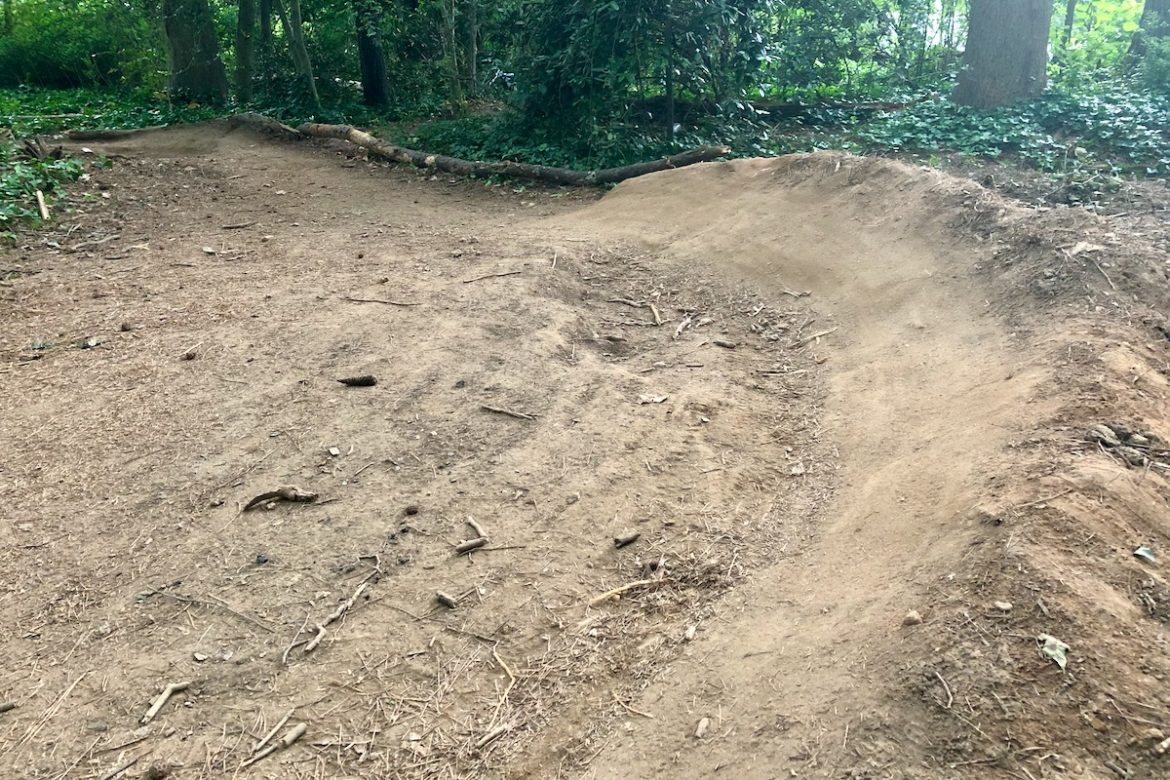
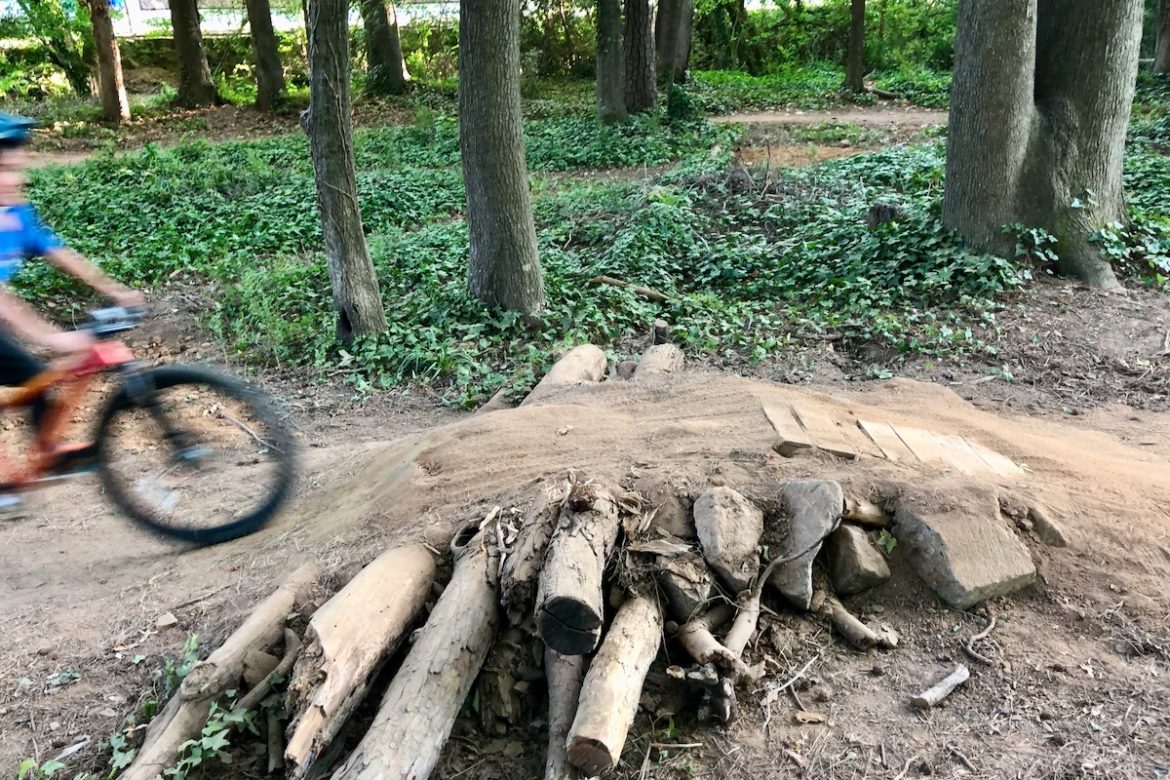
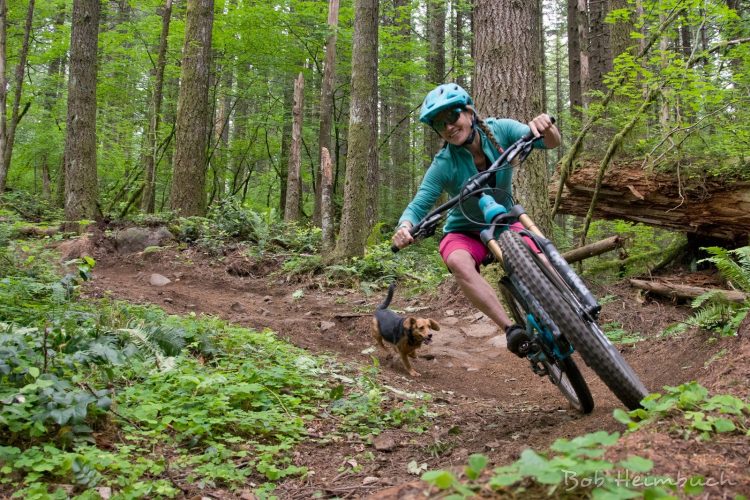
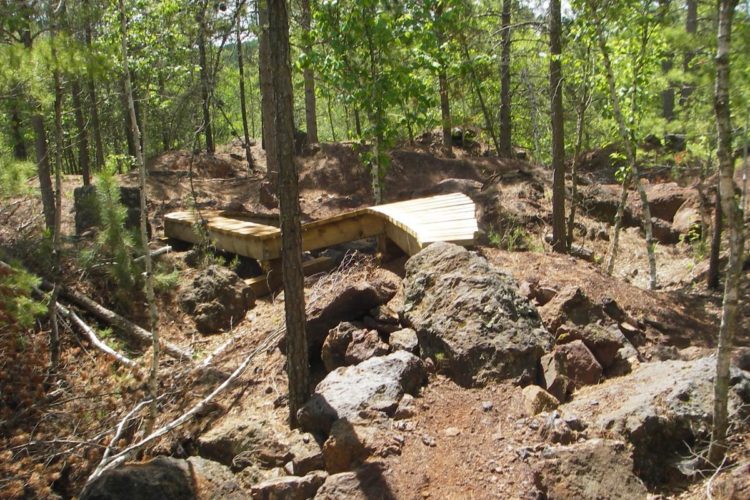
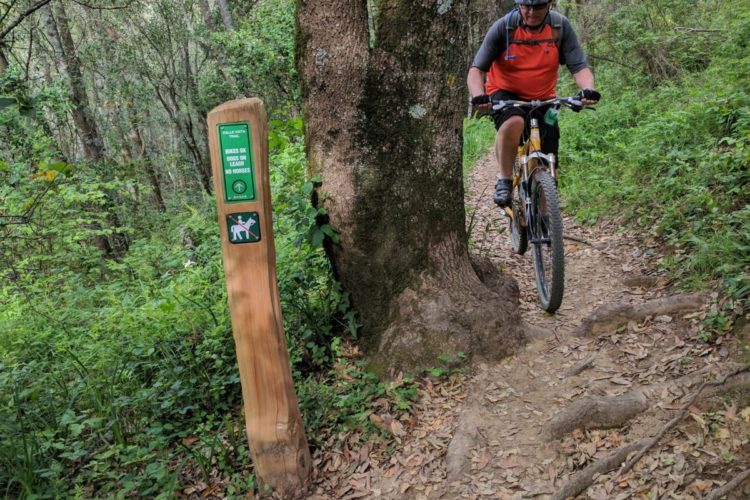






1 Comments
May 27, 2020
Great article! Living in Decatur, it's way too hard to find a good pump track. I'd love to know where the track is that you're referring to, if you're willing to give up the secret. I do most of my in-town riding around Medlock/Mason Mill. With all the great public land we have around these neighborhoods, it's a shame there aren't any bona fide, sanctioned MTB trails in the area.
So far the best pump track I've found in Georgia is the new wooden one they built up at Haw Creek Park in Cumming. So fast and smooth, I could ride it all day.